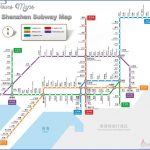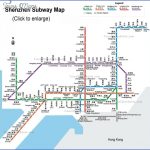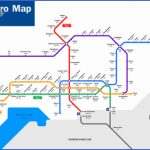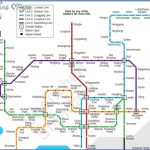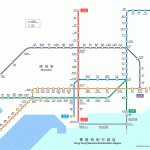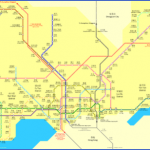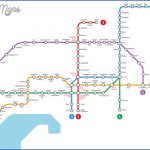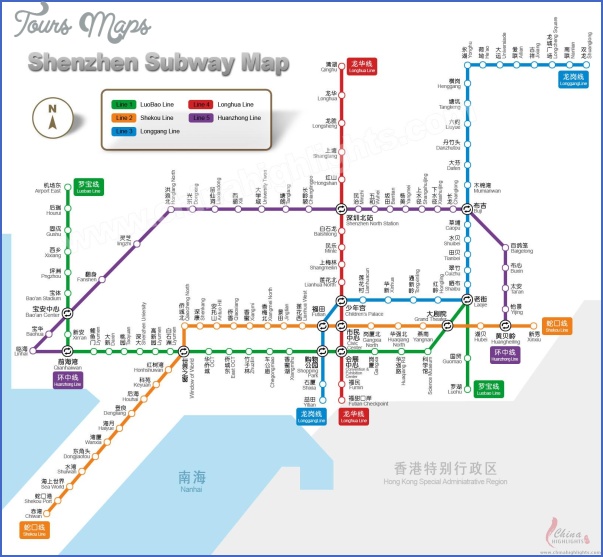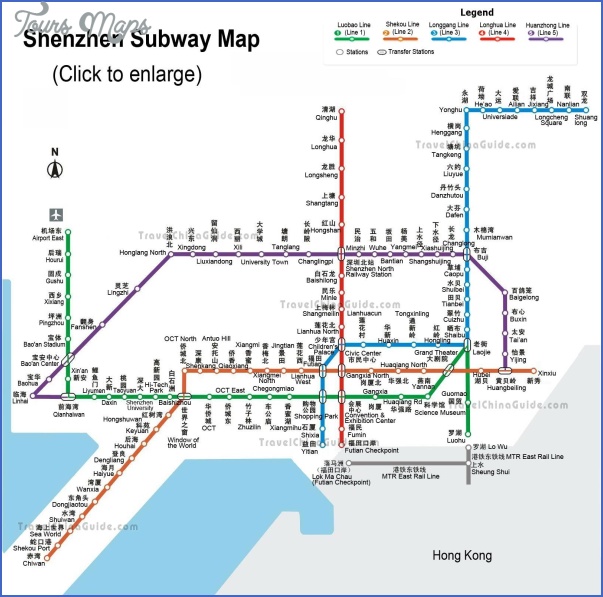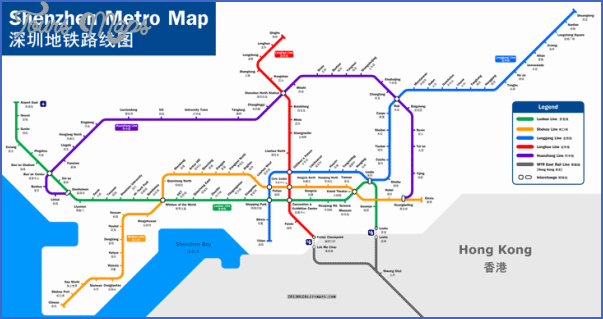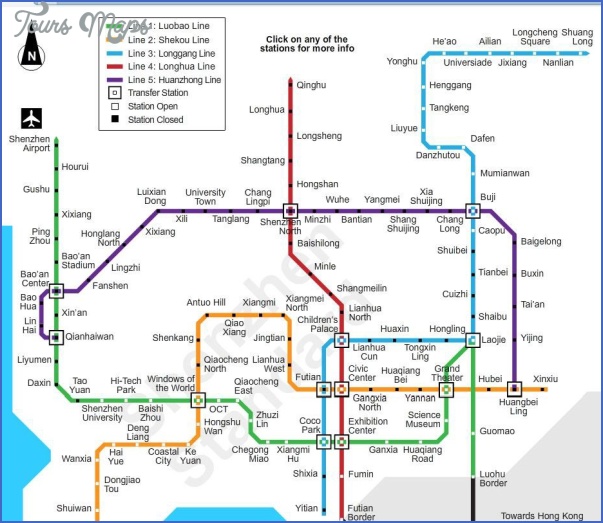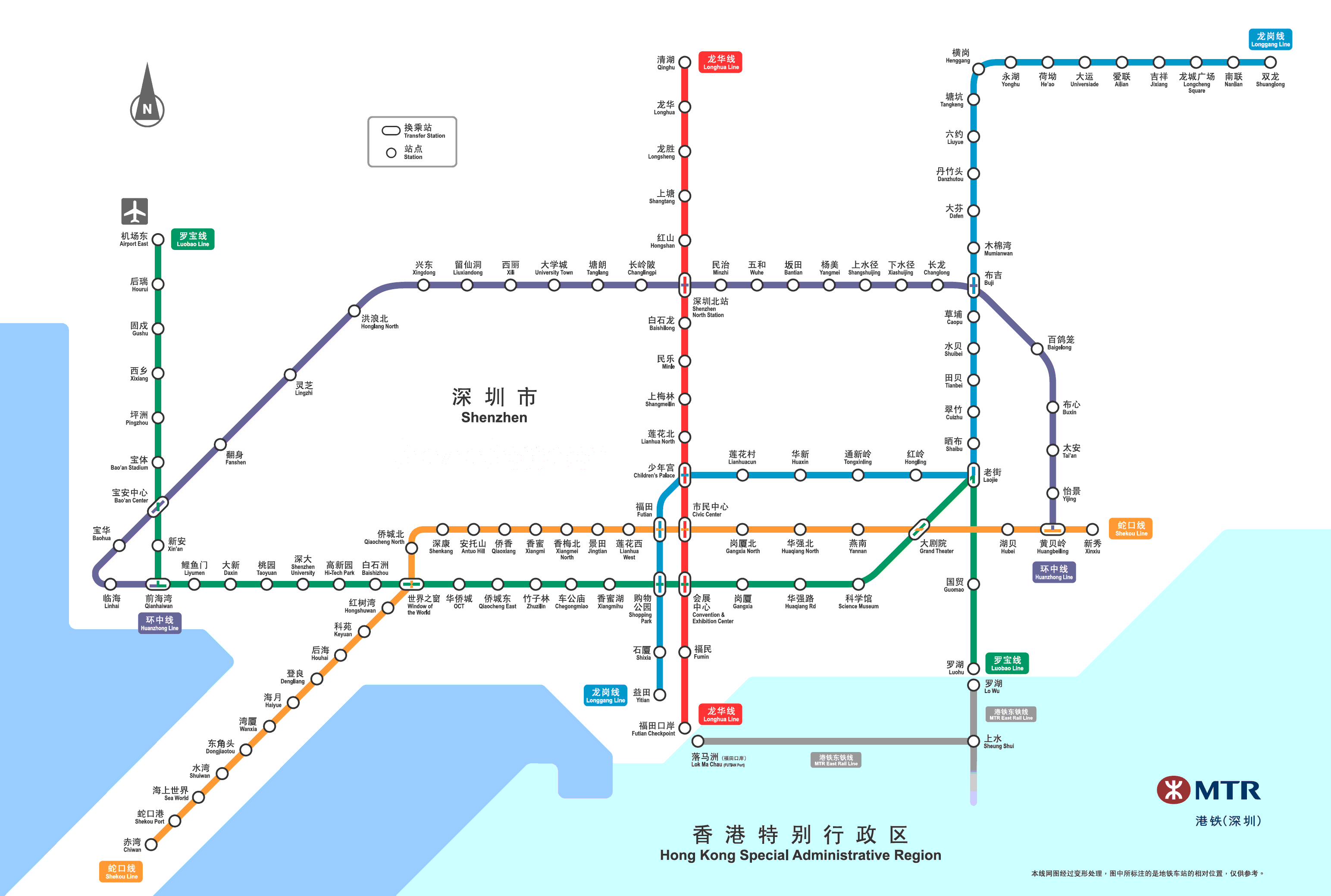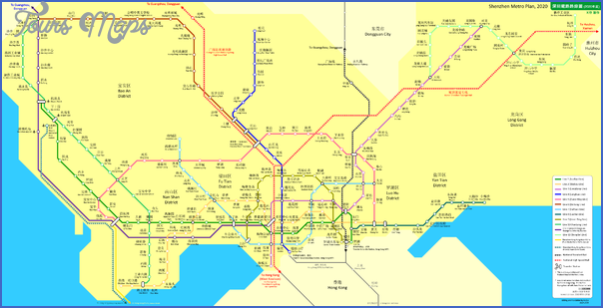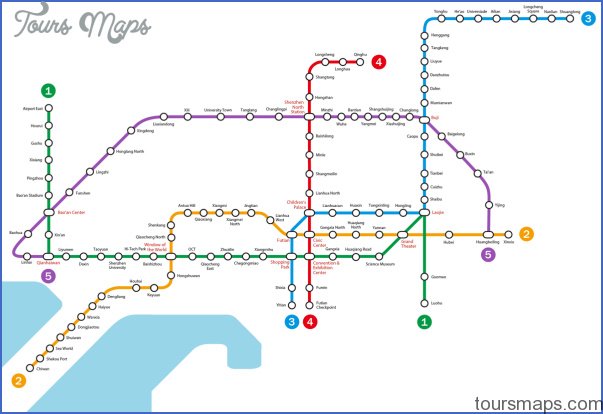SHOPPING IN SHENZHEN
Shenzhen is synonymous with shopping. Even before the 20th Century, the old Shum Chun the Cantonese name for Shenzhen was a market town and today’s Shenzhen has expanded on that tradition with a vengeance. You want it, Shenzhen’s got it.
Retail was slow to develop in Shenzhen. This didn’t distinguish it from the rest of China. It wasn’t until 1994 that the first foreign style department stores opened in China. Then came the Luohu Commercial Centre right at the Luohu Border Crossing. Suddenly everybody was coming from Hong Kong and further afield to Luohu for the cheap stuff, the knock-offs, and the tailors. Since then, Luohu Commercial Centre has become famous as a shoppers paradise and many people have looked for other similar malls in Shenzhen. We think that the Luohu Commercial Centre is unique and grew from unique circumstances, particularly its position directly on the border with Hong Kong.
It’s still the big one for tourist shoppers. It’s brash, loud, and even a bit scary with its touts following you around crying their wares: You like DVD, golf, Rolex. But if you want consumer electronics or clothes or good tailoring at a reasonable price, Luohu’s the place for you.
And then there are the Chaozhou who dominate the Luohu Commercial Centre. No. They’re not some secret sect. They’re the dominant dialect group along the coast of Guangdong. Their language is very different from Cantonese but can be easily understood by people from southern Fujian Province next door. Their differences with the Cantonese have meant that they have tended to rely on secret societies for mutual support. A stereotype in Hong Kong movies is the Big Brother of the criminal Triad society speaking Cantonese with a Chaozhou accent. Who knows if this applies in real life? We’ve found Luohu a safe place to shop. It can be said that the Chaozhou shopkeepers are charming, full of guile, resourceful, fast moving and totally commercial and they leave their mark indelibly on the Luohu Commercial Centre. You won’t find them running other large retail centres so the expectation that you might find another, cheaper Luohu shopping mall somewhere in Shenzhen is not realistic.
There are three other areas offering outstanding value for visitors. They are Huaqiang Bei for the latest electronics, components and everything digital, Yizhan Zhongxin for interior decoration items and the Curio Market for antiques.
If you’re a geek you’ll love Huaqiang Bei. It’s I.T. geek heaven. To be sexist for a moment, who, us? Venus loves Luohu. Mars, who may have issues with shopping, will happily walk around Huaqiang Bei, looking at bright, flashing LEDs, spotting hard-to-find components for digital cameras, graphics cards and security systems and checking out everything that’s state-of-the-art, all available at bargain prices.
To sum up: Venus loves Luohu; Mars loves Huaqiang Bei. You can have a joyous Shenzhen shopping experience by just following that important principle.
We won’t judge whether Yizhan Zhongxin is a Mars or a Venus experience. We’ve been surprised watching Chinese families shopping for home wares. It seems that it’s always the male who makes the decisions. So let’s classify Yizhan Zhongxin as ambidextrous. It’s one of the best home wares markets we’ve ever seen and the quality of both design and manufacture of the goods just gets better and better.
One of the best and least known shopping experiences in Shenzhen is Shuibei Jewellery District. This is the biggest area in the city dedicated to one retail sector, namely jewellery. It’s meant to be wholesale but the new dazzling shopfronts that go up every day say that that is changing before our eyes. It’s a world away from Luohu. Its products are high quality and, most importantly, genuine.
The Curio Market is also great buying for antiques. The really old items can be assumed fake, or new antiques, and you should exercise great care if you intend to part with large sums of money here. Also remember the laws against exporting of antiques with origns dating before 1911. But southern Guangdong was a centre of revolutionary activity in the period between 1911 and 1950 and we have found some brilliant items at the market at throw away prices.
Apart from that? Well, the locals love Dongmen. We think that in terms of value for money, it’s more like Hong Kong’s Mongkok or Singapore’s Bugis street. Yet, it’s great fun and enormously atmospheric. A lot of the products are junk but you can soak up the atmosphere. For department stores locals go to Huaqiang Bei. You probably wouldn’t do any better here than you would in your department stores at home. Department stores often deal in imported goods, often much pricier than elsewhere inclucing Hong Kong because imports are subject to Chinese duty. If you want these we suggest you get them in Hong Kong.
There are also lots of high-end shopping malls. Once again our comments about prices of imported goods apply. But the malls are very much see-and-be-seen places in Shenzhen. People watching is excuse enough to go to them they’re open until late at night. We set out the malls and their surrounding areas below.
A couple of words of warning about shopping in general in Shenzhen are set out below. Sales in China present some traps for young players as do differing concepts of sizes.
SALES
In China, discount sale prices are marked differently from in Western countries. Signs in China show how much the sale price is as a percentage of the original price. For example, 8 means 80% of the original price, 7.5 means 75% of the original price a 25% discount and so on.
WESTERN STYLE LARGER SIZES FOR FOREIGNERS
You can find tailors in Shenzhen to make clothes to measure for you at a reasonable price, but don’t expect to walk into a ready to wear shop and find your size. Chinese shops usually don’t carry sizes big enough for Europeans.
There are some exceptions. The French sports chain Decathlon stocks European sizes there are Decathlon stores all over town. We use the one in in European City, . Another option for colourful, casual, inexpensive clothes is the Japanese chain Uniqlo, there is a large store in Dongmen, within easy walking distance of Lao Jie metro Exit A. Uniqlo is very popular with foreigners in Japan and keeps a large range of clothes for men, women and children. The service at the Dongmen store is up to Japanese standards, which makes it a quick and easy place for family clothes shopping.
Some stores such as Zara one branch is located in the Holiday City mall, OCT keep Western sizes. But the Hong Kong chains like Esprit or Giordano do not, even though they stock European sizes in Hong Kong.
Several of the smart brands, things like Polo, Brooks Brothers etc, are more expensive in Shenzhen than they are in Hong Kong. Hong Kong’s not far away and it’s a better place to buy these brands.
Chinese sizes are marked differently from Western sizes. For example, the Chinese size XXXL is usually similar to a Western XL. If you’re bigger than the average Chinese, and so many of us are, try the larger sizes. Sometimes the cutting for non-Chinese sizes is irregular, as if someone has taken a wild guess at what a mega-size for a Chinese might look like.
If you can’t find the right size, an easy option for new clothes is to get your own clothes copied at Luohu Commercial City, where tailors do good copies quickly at a reasonable price. Copying is something for which Chinese tailors have been famed for ages and it’s still as true as it’s always been.
SHENZHEN MAP WITH METRO Photo Gallery
Maybe You Like Them Too
- The Best Cities To Visit in The World
- World’s 10 Best Places To Visit
- Coolest Countries in the World to Visit
- Travel to Santorini, Greece
- Map of Barbados – Holiday in Barbados

